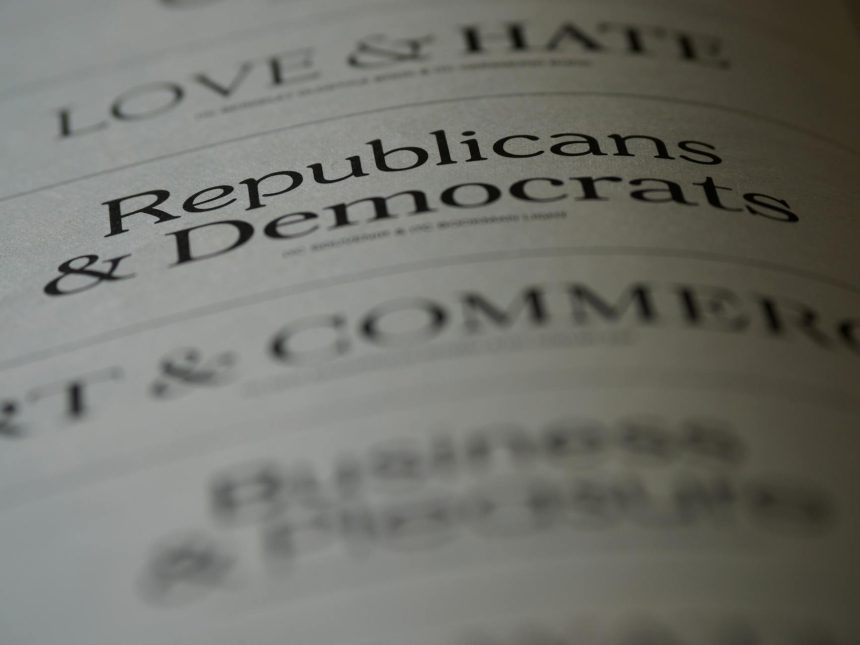Government Funding Stalemate: Why Congress Can’t Agree
The ongoing struggle to pass a government funding bill has once again brought a familiar deadlock to Washington. As deadlines loom and essential services hang in the balance, many are asking: why is it so difficult for Congress to agree on keeping the government operational? This complex issue involves deep-seated political divides and strategic maneuvering, leaving the public caught in the middle.
The Recurring Challenge of Budgetary Agreement
Passing appropriations bills, the legislation that funds government operations, is a fundamental responsibility of Congress. However, in recent years, these routine processes have frequently devolved into high-stakes showdowns. The core of the problem often lies in differing priorities and the use of spending bills as leverage for broader political agendas.
What’s at Stake?
When Congress fails to pass a funding bill, it can lead to a government shutdown. This means:
- Non-essential government services cease.
- Federal employees may be furloughed without pay.
- National parks and federal agencies could close their doors.
- Economic uncertainty can increase.
Partisan Divides Fueling the Gridlock
The current impasse is largely a reflection of deep ideological rifts between the two major parties. Republicans and Democrats often have starkly different visions for the size and scope of government, and consequently, how taxpayer money should be allocated. These differences manifest in debates over:
- Spending levels for various departments and programs.
- The inclusion of specific policy riders or amendments that are unrelated to the funding itself.
- National security priorities and defense spending.
- Social programs and domestic initiatives.
The Role of Political Strategy
Beyond genuine policy disagreements, political strategy plays a significant role in these funding battles. One party might see an opportunity to pressure the other into concessions on unrelated issues by threatening a shutdown or by presenting a funding bill that the opposing party is unlikely to accept. This tactic, often referred to as using the appropriations process as a “hostage situation,” can backfire and lead to public frustration.
For instance, a party might propose a bill with significant cuts to popular programs, knowing the other party will refuse, thereby casting the opposition as unwilling to compromise. Conversely, a party might refuse to pass a bill that includes provisions they strongly oppose, even if it means a temporary shutdown.
Attempts at Resolution
Throughout these periods of negotiation, there are often attempts to find common ground. These might include:
- Negotiating continuing resolutions (CRs) to temporarily extend current funding levels.
- Offering bipartisan amendments that address specific concerns from both sides.
- Forming bipartisan working groups to find compromise legislation.
- Leadership-level negotiations to break through impasses.
However, as seen in recent events, these efforts can be met with resistance from factions within either party who may prefer a more confrontational approach or have their own specific demands that are non-negotiable.
Looking Ahead: The Path to Stability
The recurring government funding stalemate highlights a systemic challenge in American governance. Finding a sustainable path forward likely requires a renewed commitment to the principles of compromise and a willingness to prioritize the functioning of government over short-term political gains. For more insights into the legislative process and congressional dynamics, resources like Congress.gov offer valuable information on legislative proceedings and bills.
Ultimately, the ability of Congress to effectively fund the government is a critical indicator of its capacity to address the nation’s needs. Until a more collaborative approach prevails, the specter of shutdowns and the uncertainty they bring will likely continue to be a feature of the political landscape.
What are your thoughts on the current government funding situation? Share your perspective in the comments below!
© 2025 thebossmind.com
Featured image provided by Pexels — photo by Brett Jordan


